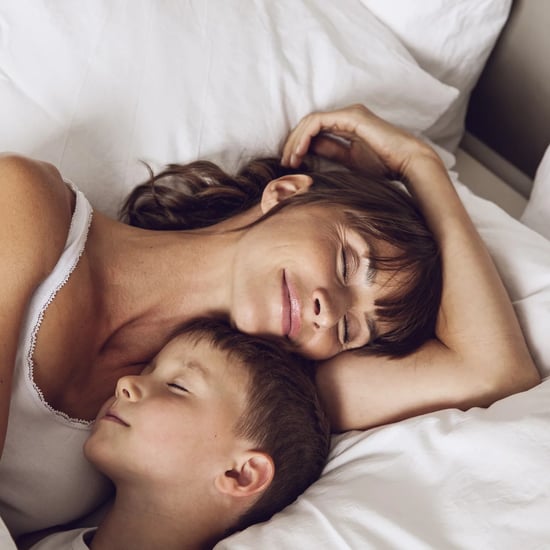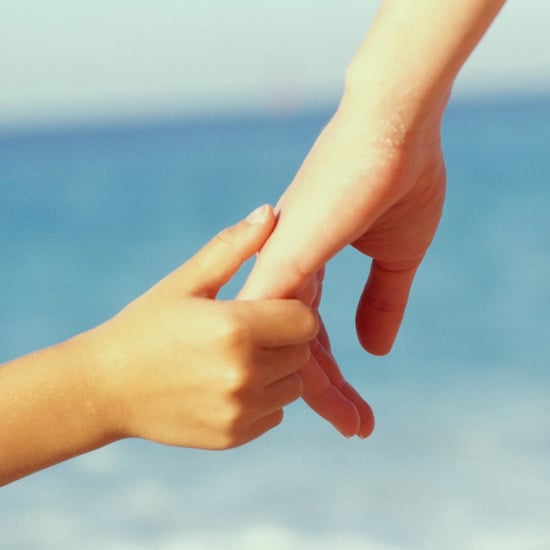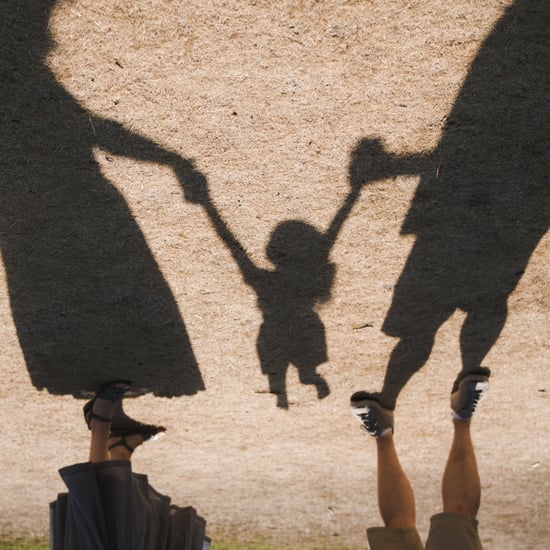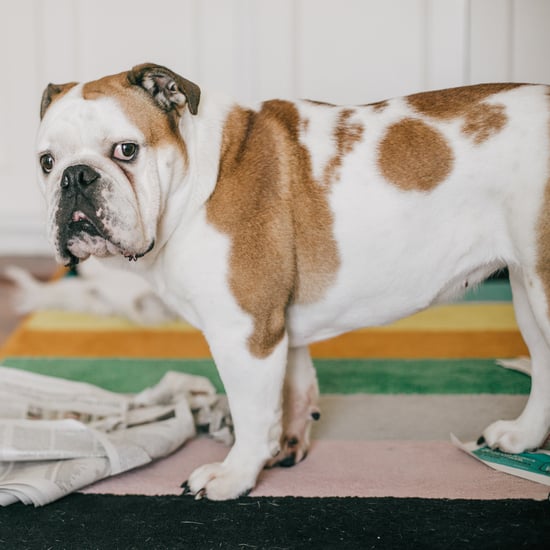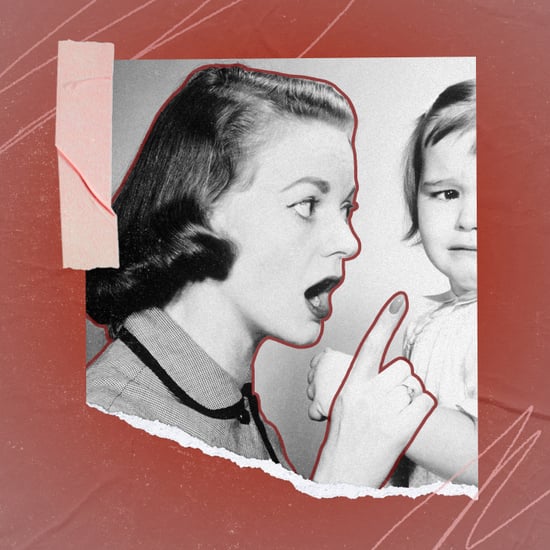Is the "Sad Beige Baby" Aesthetic Harming Babies?
Is the "Sad Beige Baby" Aesthetic Harming Babies?
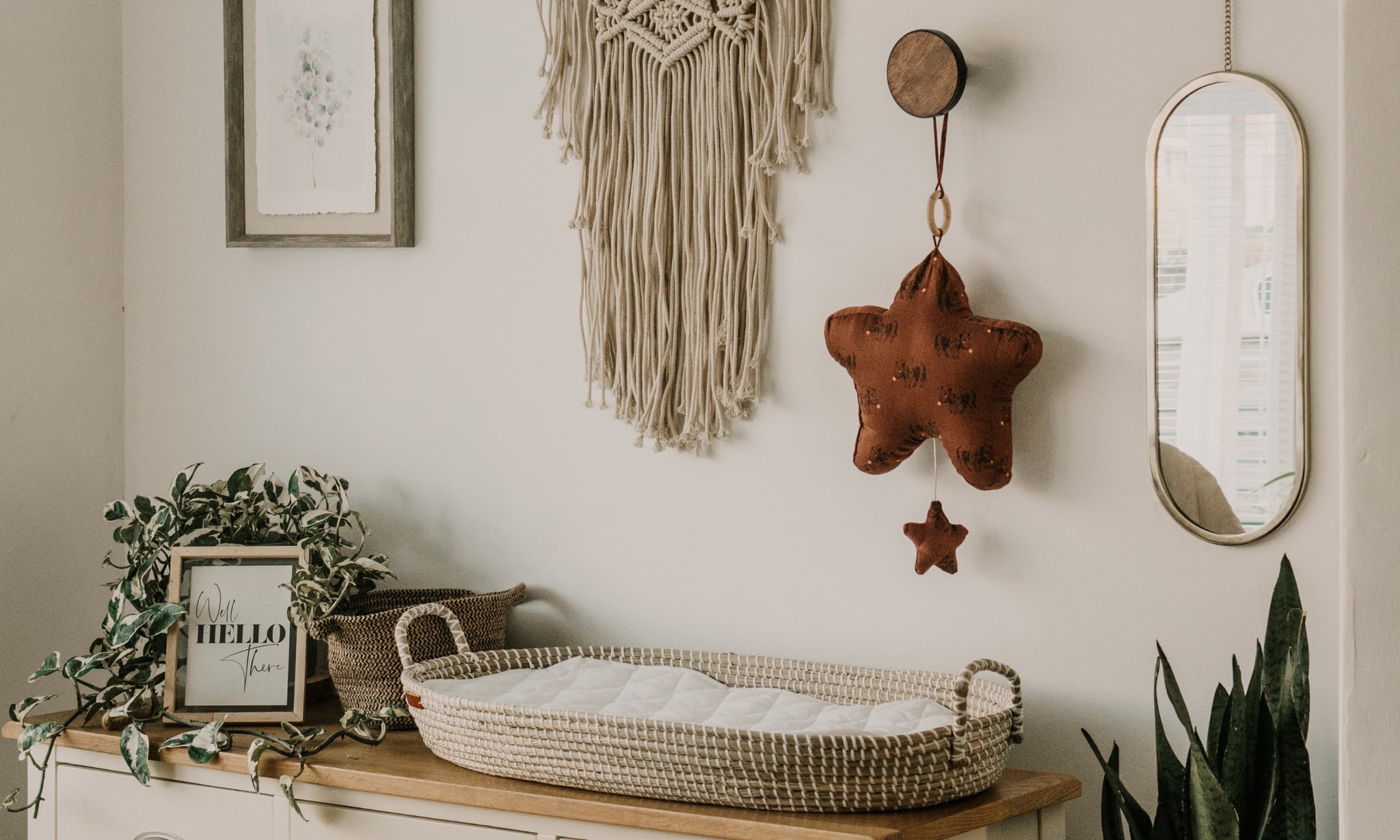
When it comes to home design, beauty, and fashion, trends come and go. And one that's trending right now for nurseries and baby clothes has been dubbed the "sad beige baby" aesthetic.
The "sad beige baby" trend swaps traditional pastel baby colours for muted, neutral tones like beige, cream, desert sand, and bone for both the nursery vibe and baby clothes. This trend has been around for several years, but according to social media, people aren't only over the trend — they're worried the muted monotone look might be bad for babies.
One person on Twitter called out the trend and made it clear that she's totally over this baby aesthetic. "Babies learn and develop so much from seeing and recognising colour," Ayah Khalifeh shared on Twitter in early January. "These aesthetic / tik tok moms with monotone nurseries and bland toys drive me insane lol. Not everything has to match your social media 'style.'"
Another Twitter user agreed with Khalifeh and knocked the muted baby trend, claiming the look "actively works against the development" of a baby's brain because of the "low contrast/colour environment."
These two social media users aren't the only ones who have questioned the beige trend for a baby's nursery, clothing, and toys. So we asked the experts: is the "sad beige baby" aesthetic harming babies?
Is the "Sad Beige Baby" Aesthetic Harmful For Babies?
"A colour isn't inherently 'bad' for babies, although some aspects of colour can be beneficial," Jody LeVos, PhD, a childhood cognitive development expert and the chief learning officer at BEGiN, tells POPSUGAR. For example, babies prefer "highly contrasting colours or colour blocks" simply because the colour combinations are easier for their developing eyes to focus on, Dr. LeVos explains.
According to the American Optometric Association, a baby's vision is relatively blurry at birth, and they can only focus on objects around eight to 10 inches from their face. So, before babies have good colour vision (typically between 5 and 8 months old), their eyes are drawn to contrasting patterns or colours like black and white simply because they're easy to see. Muted, neutral colours tend to blend into the world.
"So, while a toy that is beige is not harmful, a toy with a bold black-and-white pattern will likely be more interesting for your baby," Dr. LeVos adds. And when a baby is able to focus on something, their brain is doing lots of learning.
Do Babies Need Stimulating Colours For Brain Development?
Stimulating colours do help a baby's brain develop and aid in their learning, says Harvey Karp, MD, FAAP, the founder and CEO of Happiest Baby. "Brightly coloured, high-contrast toys and books help stimulate your little one's developing optic nerves and focus their attention, overall vision, and even their budding curiosity," he explains. But the benefits are more about contrast and patterns and less about a particular colour group.
"Exposure to high-contrast colours and patterns helps your little one focus and strengthens their eyesight, which bolsters brain development," he explains. "Think about it like this: when you give your baby toys and books that feature colours and contrasts that they can see relatively clearly, they have more opportunities to learn and explore."
Dr. LeVos echoes the very real benefits of offering your baby stimulating colours and patterns. "Providing opportunities for your baby to look at black and white shapes, patterns, and objects can be important for their cognitive and visual development," she explains.
"There are likely many things in your home that will serve a similar purpose: a dark door frame next to a white wall, the place where a dark hardwood floor meets a light carpet, and a bright toy sitting on a light-coloured blanket," she says.
However, a preference for high-contrast colours doesn't mean you should avoid muted, neutral tones in your baby's nursery or the development toys you buy. On the contrary, these "boring" colours are also important for a baby's brain development because they offer their brain much-needed rest, Dr. Karp says. "It's mentally exhausting for babies to be constantly exposed to high-stimulation sounds, commotion, or colours. Having periods of low stimulation can give babies time to recharge for the excitement that will come later in the day."
The Bottom Line: Beige Is Not Always Bad
Whether choosing to decorate your baby's nursery in muted beige colours and playful pastels or going the high-contrast route, finding a balance and offering variety is always a good route.
"Kids do best with a balanced diet of colour," Dr. Karp says. "It is great playing with beige or neutral toys . . . as long as there are some bright and high-contrast toys in the mix, too."

